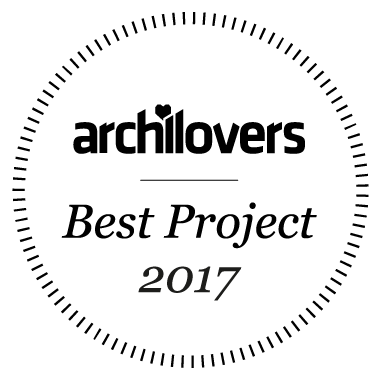São Lourenço do Barrocal | Eduardo Souto de Moura
Ferreira do Alentejo / Portugal / 2016
In conversation with Eduardo Souto de Moura
“The first thing that struck me as soon as I arrived was the ambience of this property, which is hard to find. Everyone knows that Alentejo is very beautiful, but I wasn’t expecting to have a prehistoric heritage like this.
Then there were two other factors that were also a surprise where views were concerned. What is unusual in Alentejo is to have water on the edge of the property – the famous Alqueva Dam and the views of Monsaraz which is lovely from the outside in. The second question was the urban nature of this monte. This is not just a house. This is truly a mini-universe, a village. It has its own hierarchy: a street, a square, outbuildings, cloisters. This is what we rarely find in such good condition.
I see things not for their value as such but always from the point of view of how to handle them.
That is, what should I do here? Everyone knows that each historic development is unique and
Barrocal is a difficult but very interesting project because we are working on the razor’s edge. If we go too far, we’ll spoil it, and if we don’t do enough it won’t work.
The main question here is starting from a position that is theoretically very interesting but actually very dangerous in practice – but it’s the only way. The only way to preserve heritage is to live with it and use it, even if it is damaged in some places. Because only everyday life transforms it into something natural and gives it heritage status.
What’s fascinating here is the change in usage. A building might be created for a particular
purpose, and then evolve to meet different, contemporary needs. There is a process that is very
absorbing finding out how an olive press, for example, can become a place for a living room with a bar, how agricultural outbuildings can be made into houses, and how a cowshed can be made into a restaurant. This change in use needs hardly any intervention at all. The challenge is how architecture will responde.
I think that people’s first impression will be that they feel at home here, even if they have come just to relax. One is going to read, another is going to write a thesis, another is here for a holiday.
People will run into each other and they will go off to buy bread or the paper or they will go out for dinner. They will run into each other and after a few days there will be a connection. I think it is important to form a kind of community. But a fleeting community, because that’s the way it’s designed. Except that the people will have changed. It won’t be the workers anymore, it will be these people drawn from far beyond the monte.”

In conversation with Eduardo Souto de Moura “The first thing that struck me as soon as I arrived was the ambience of this property, which is hard to find. Everyone knows that Alentejo is very beautiful, but I wasn’t expecting to have a prehistoric heritage like this. Then there were two other factors that were also a surprise where views were concerned. What is unusual in Alentejo is to have water on the edge of the property – the famous Alqueva Dam and the views of Monsaraz...
- Year 2016
- Work finished in 2016
- Client São Lourenço do Barrocal
- Status Completed works
- Type Hotel/Resorts / Tourist Facilities
- Websitehttp://www.barrocal.pt




comment